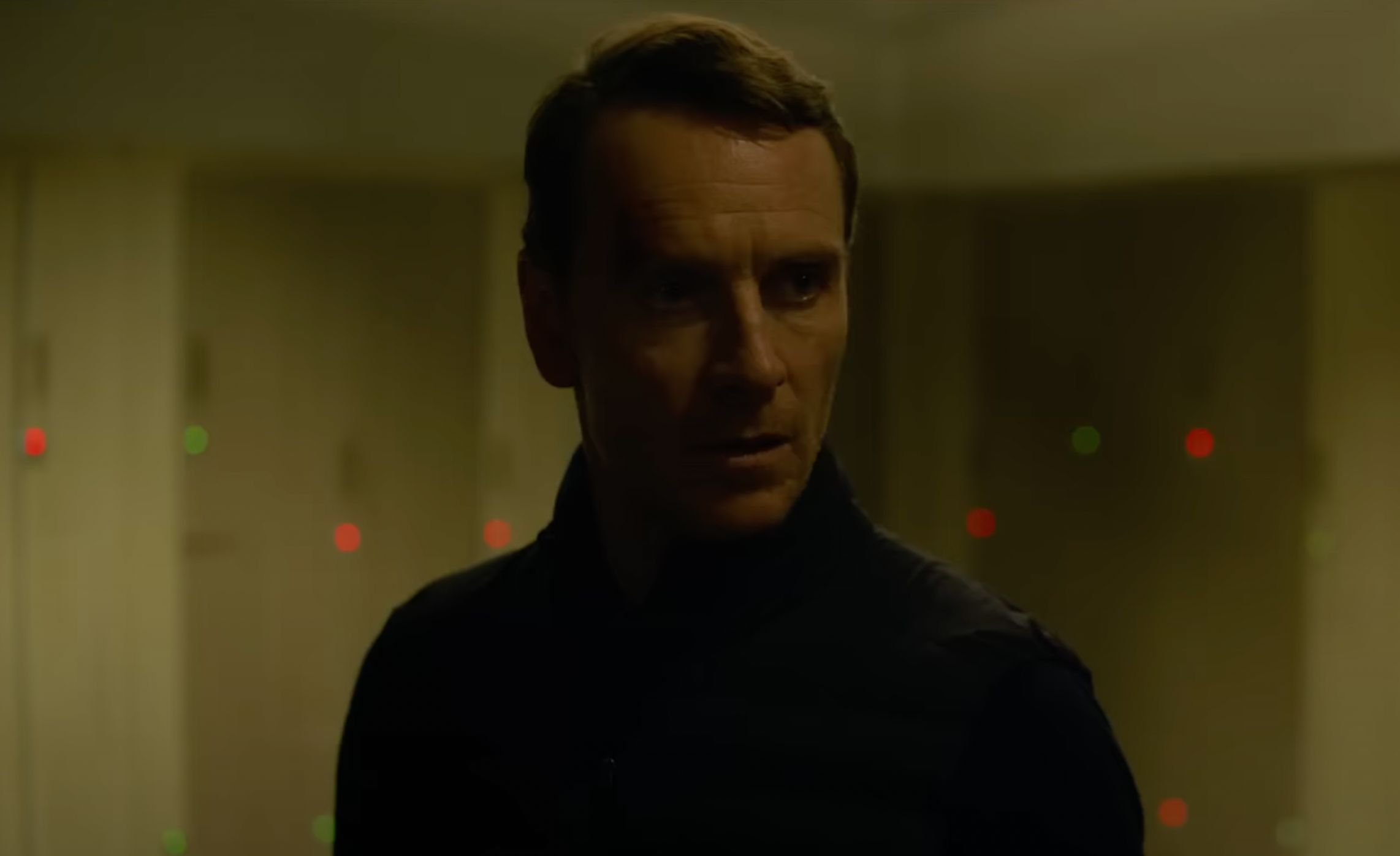(Photo courtesy of: Variety) “David Fincher’s ‘The Killer’ does not live up to his previous work.”
Henrique Santos
Connector Contributor
David Fincher has quietly and quickly become a household name as a director. Fincher has directed phenomenal and iconic films for multiple generations such as “Zodiac,” “Fight Club,” “The Social Network” and arguably his greatest film to date, “SE7EN.” His newest film, “The Killer,” has Fincher return to his serial killer roots after his most recent movie, “Mank.”
“The Killer” quickly gained traction and hype after the success found on the Netflix series “Mindhunter,” which Fincher directed. “The Killer” centers around a hitman who is never officially named and credited solely as The Killer, who is played by Michael Fassbender. The film follows the consequences of this seemingly average hitman botching his first job ever after numerous successes.
Fincher is a master of framing scenes, especially regarding cinematography and blocking scenes. The opening chapters of “The Killer” masterfully tell a story through its cinematography, from showing The Killer’s small OCD ticks, to his constant discipline reinforced through Fassbender’s narration and to things audiences would not normally associate with professional hitmen, such as constantly relying on music—The Smiths, especially—during the hits.
The continuous use of one-take shots helps the audience begin to understand and sympathize quickly with Fassbender’s character. This is further aided by the constant narration as it helps the audience understand his thought process.
This culminates in the climax of the first chapter, as Fassbender lines up the shot to kill with The Smiths blasting in his ears. The audience is guided by a clever use of shot-reverse-shot where the audience is in Fassbender’s perspective by using the camera as the sniper reticle. The Smiths is in full blast and takes up the foreground of noise. When it cuts to the outside, showing Fassbender’s rituals, focus and preparation, The Smiths are played in the background.
However, the clever use of technical aspects of film is only one part of the whole puzzle. The film severely suffers from the constant isolation of Fassbender’s character which results in a high use of narration. The conflict between the themes Fincher presents and how they are represented in the film is not quite there.
The film portrays Fassbender as an ordinary man, who happens to be a hitman. No special skills, no special desires—just average. While an interesting premise, Fincher only reinforces this in the beginning chapter and essentially forgets this theme as the film goes on. In the beginning chapter, Fincher expertly sets this theme up by juxtaposing the crazy difference in career path that a hitman represents to regular citizens, with the mundanity of life The Killer expresses with this job. This theme is further reinforced through a meticulous setup of constant surveillance in an empty building through a single window, the repeated leaving and reentering of the building and the constant breaks to listen to music or even to do yoga.
Fincher, however, seemingly forgets this theme around the third chapter of the film, where The Killer is shown to outsmart and outmaneuver other high-profile professionals within his field. There is not enough “averageness” to Fassbender’s character that Fincher originally set up at the beginning of the film. Equally, not enough time is spent developing the characters the hitman fights. The lack of character building severely hurt the film’s pacing and narrative beats. The audience has no connection or attachment to the other characters The Killer quickly gets rid of.
Unfortunately, this film severely suffers from these character and narrative decisions to the point where this film does not crack Fincher’s top five films. “SE7EN” does what “The Killer” wants to do but to a more masterful degree, and this movie ultimately ends up feeling undercooked narratively and seems to favor style over substance.
It is far from a terrible film, and many will get enjoyment out of it. Its ease of access as a film streaming on Netflix warrants at least a one-time watch, especially if viewers enjoy the crime/thriller genre of film. Here’s to hoping that Fincher’s next film can deliver.
Overall Grade: C+




